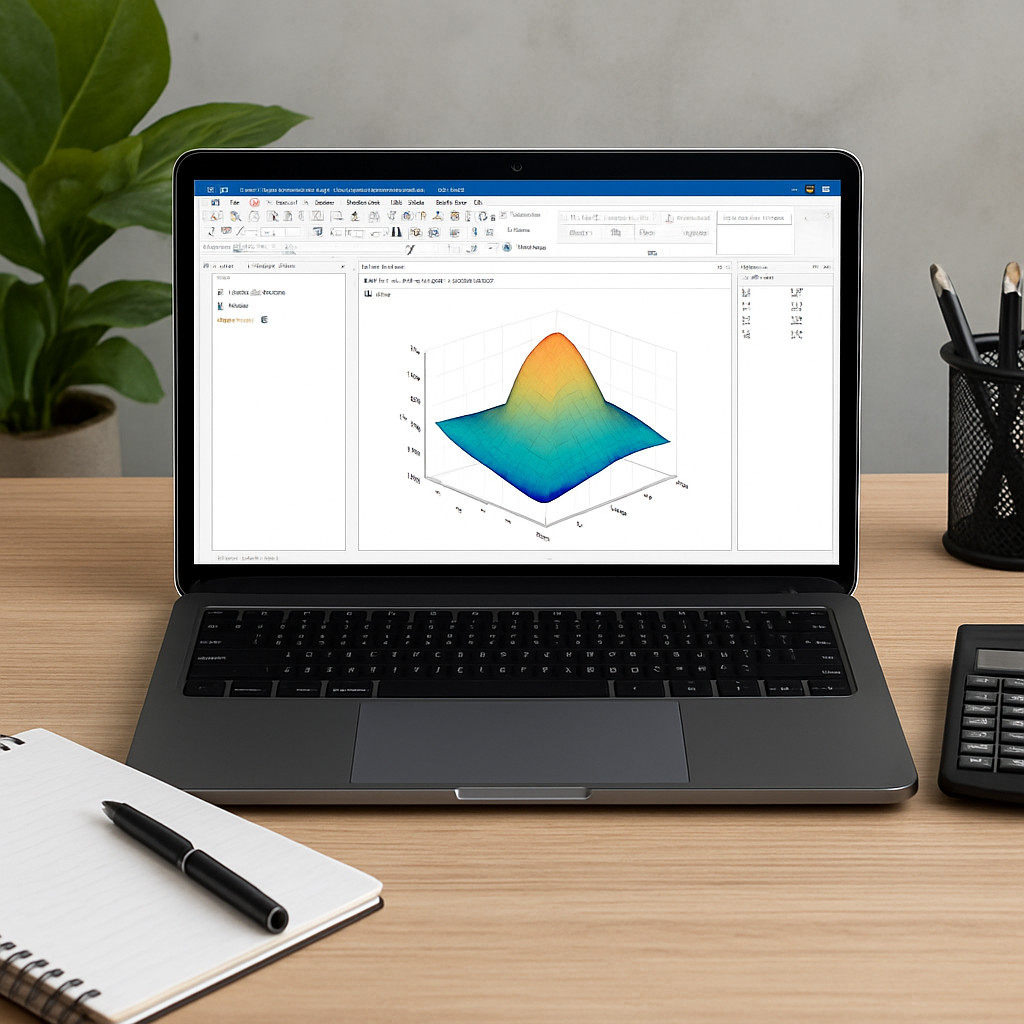How MATLAB Assignments Prepare Students for Real-World Engineering Challenges
In today’s engineering education, MATLAB plays a crucial role in developing analytical thinking and technical skills. Many students often search for guidance and think, “Can someone solve my MATLAB assignment?” — and that’s when they discover trusted academic support platforms such as https://www.matlabassignmentex....perts.com/do-my-matl Beyond just helping students meet deadlines, MATLAB assignments serve as practical training grounds for real-world engineering challenges. They strengthen a student’s ability to apply theory to practice, bridging the gap between classroom learning and industry applications.
1. Bridging Theory and Practice
Engineering students often face the challenge of translating theoretical knowledge into practical applications. MATLAB assignments are designed to do exactly that. Whether it’s modeling a dynamic system, designing a control algorithm, or analyzing a signal, MATLAB provides a simulation environment that mirrors real-life engineering problems. Through these assignments, students learn how theoretical formulas and concepts manifest in actual engineering systems, preparing them for professional problem-solving scenarios.
2. Developing Analytical and Programming Skills
MATLAB is not just a software—it’s a complete environment for computational problem-solving. By working on MATLAB assignments, students learn the art of writing efficient code, debugging, and optimizing algorithms. These tasks help improve logical reasoning and analytical capabilities, which are vital in any engineering field. Furthermore, since industries today demand engineers proficient in both domain knowledge and computational tools, mastering MATLAB through assignments ensures students stay ahead of the competition.
3. Enhancing Data Analysis and Visualization Abilities
In modern engineering, data-driven decision-making is key. MATLAB provides powerful data visualization and analysis tools that help students handle complex datasets, extract insights, and present results in visually appealing formats. Through regular assignments, students gain experience in using MATLAB’s plotting functions, toolboxes, and visualization features—skills directly applicable in research, design, and industrial analysis.
4. Fostering Problem-Solving Mindset
Engineering is fundamentally about solving problems creatively. MATLAB assignments push students to think critically and break down large, complex issues into manageable parts. When students tackle real-world scenarios—like simulating control systems or designing communication networks—they develop a systematic problem-solving approach. These experiences prepare them for professional environments where solutions must be efficient, accurate, and scalable.
5. Exposure to Real-World Engineering Tools and Techniques
Many engineering companies and research institutions rely heavily on MATLAB for tasks such as system modeling, data analysis, and machine learning. By working on MATLAB assignments during their academic years, students gain exposure to the same techniques and workflows used in professional environments. This familiarity gives them a competitive edge when they enter the workforce, as they can immediately contribute to technical projects without a steep learning curve.
6. Encouraging Collaboration and Independent Learning
MATLAB assignments often require teamwork and project-based learning. Students collaborate with peers to share ideas, test models, and verify results. This not only enhances communication skills but also mirrors the collaborative nature of real-world engineering projects. However, students also learn to work independently—researching MATLAB functions, exploring documentation, and implementing solutions. This balance between teamwork and autonomy builds confidence and adaptability.
7. Support from Experts to Strengthen Learning
For students who face difficulties understanding complex concepts or meeting tight deadlines, professional assistance can make a huge difference. Platforms like MATLAB Assignment Experts
provide expert guidance, personalized tutoring, and well-structured solutions. Their support not only helps students improve grades but also deepens their conceptual understanding, preparing them for future engineering challenges.
Conclusion
MATLAB assignments are far more than academic exercises—they are stepping stones to real-world engineering proficiency. They train students to think critically, code efficiently, and solve complex technical problems that mirror industrial challenges. When students engage deeply with MATLAB, supported by expert guidance from trusted sources like MATLAB Assignment Experts, they cultivate the skills necessary to thrive in the fast-evolving world of engineering and technology.
#matlabassignmenthelp #university #matlab #matlabassignmentexperts #student #matlabhomeworkhelp #college







